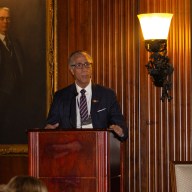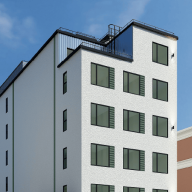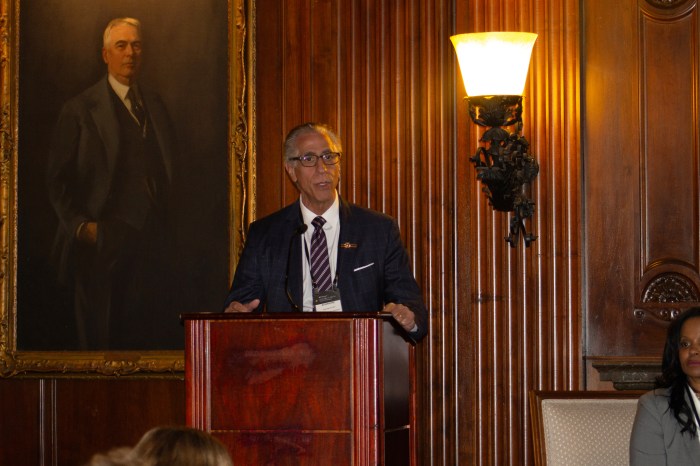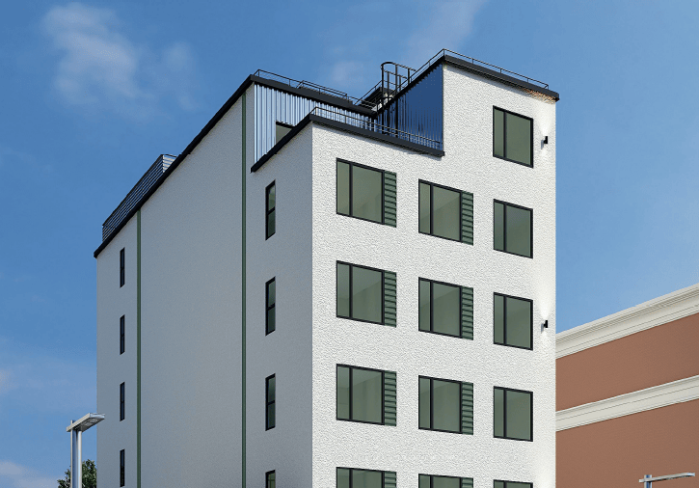Many city parks are being refurbished throughout the city, and Pelham Bay Park, the city’s largest, is getting a healthy boost this spring.
Mayor Bloomberg’s Million Trees NYC Initiative, a program with New York City Department of Parks and Recreation designed to plant and care for one million trees throughout the five boroughs over the next decade, has made its way to Rodman’s Neck.
The area selected of the park is approximately 40 acres of land between the NYPD Firing Range and the baseball fields on City Island Road that had started to over-populate with invasive species such as Porcelainberry, Mugwort, Oriental Bittersweet and Multiflora Rose, which could prevent native vegetation from growing and supporting the wildlife communities.
The mayor’s project started in late 2007 and is intended to restore native forests to improve the ecosystem and wildlife habitat in all of the city parks, and will now brighten up Pelham Bay Park.
“It’s our plan to make New York a greener, greater city and Million Trees NYC is a key part of that effort,” said Bloomberg in a 2007 release. “This is an ambitious goal and to achieve it we’re going to need the help of the entire city; I’m encouraging all New Yorkers to get involved.”
The restoration work began on Friday, March 25 and will be divided into three phases in which the area will be cleared of the invasive plants, herbicide will be applied, and will then be followed by the planting of new native trees and shrubs.
Phase I of the project has begun and will focus on clearing approximately eight acres of invasive trees and plants along the south side of City Island Road to make room for the new shrubbery that will be planted soon.
Among the native trees and shrubs that are likely to be planted include: Red Oak, White Oak, Pin Oak, Tulip Poplar, Sweetgum, Black Birch, Hackberry and White Pine.
The Parks Department asks that residents be patient with the tree removal process since there are many invasive trees that will have to be removed.
“The idea is to get everything out and make sure that they don’t grow back,” said Marianne Anderson, administrator of Pelham Bay Park. “After they trees and plants are removed, herbicide will be applied and once it is clear, the new planting process will begin.”
The removal process is expected to take at least a year and the overall restoration process is schedualed to be completed sometime in 2013.
The Parks Department is seeking volunteer involvement with stewardship and weeding of the restoration area.




















